Recommendation points
- What breeds of chickens to choose for eggs
- At what age to take young chickens
- Influence of feed and regime on the number of eggs
- Errors in the organization of feeding and keeping hens
- How does an increase in daylight hours affect egg production
- Remote care for chickens in the country
The dacha can provide a family not only with vegetables, but also with homemade eggs. Unlike other animals, chickens can be kept without a constant presence. Having arranged access to food and water, it is enough to come once or twice a week to restock and collect eggs.
What breeds of chickens to choose for eggs
Layers differ from meat breeds of chickens not only in taste, but also in their early ability to lay more eggs, without an instinctive desire to incubate chickens. If you plan to cook chicken regularly, choose hybrid breeds..
Rating of the best breeds of layers:
1. Loman Brown – grown on industrial farms and in home chicken coops. About 320 eggs are laid annually, weighing 64 grams. At the age of six months, the first eggs begin to lay. The breed is quite large, and the meat is tender, therefore it is suitable for food and eggs.
2. Hisex Brown – also suitable for meat, but in warmer months it requires more feed than the previous breed. Each hen will produce 315 eggs per year, weighing 70 grams.
3. Hisex – unsuitable for growing for meat because of its light weight, a little more than one and a half kilograms. They carry 280 eggs per year, weighing 63 grams.
4. Kuchinsky Jubilee – a classic breed, familiar to many from childhood. During the year, they bring 220 eggs, each weighing 60 grams. Rushing from six months.
5. Pushkin striped-motley – a mixture of several breeds makes these chickens resistant to different conditions of detention. They have tasty meat and high egg production, reaching up to 220 pieces per year, weighing up to 60 grams. The first eggs begin to lay at 5 months. They are also champions in egg fertilization, which is over 90%. If you plan to update chickens with your own chickens, pay attention to this breed.
6. Minorca – due to a weight of up to 2.5 kg, they are suitable for growing for meat and keeping for obtaining eggs. They rush from five months. They have rather large eggs, weighing up to 80 grams. Each layer produces up to 215 eggs per year..
7. Russian white – they lay from the age of five months and give about 200 eggs a year, weighing 58 grams. Small chickens up to 1.8 kg.
8. Orlovskaya – has been grown in Russia for over two centuries. They begin to lay at the age of six months, up to 200 eggs can be obtained from each individual per year.
9. Leghorn – eggs are carried annually about 200 pieces, but they eat little. Chickens weigh up to two kilograms. This breed is distinguished by early egg production, the first eggs appear from four months.
10. Andalusian blue – a mixture of black and white minorocs with blue fighting chickens. They are more suitable for decorative keeping, as they carry up to 150 eggs per year, each weighing about 58 grams. They begin to rush from the age of six months.
These are the most unpretentious breeds, which are easiest to keep in a private house without much knowledge..
At what age to take young chickens
Laying hens are usually taken at four months of age in order to avoid problems with rearing and to know for sure that this is a hen. Chickens are more interesting when choosing meat breeds, in this case it does not matter who eventually grows out of them, and it is easier to influence growth with weight when feeding from day old.
At first, all layers give small eggs, so you should focus on the numbers after a year of keeping. The rooster is bought only for breeding chickens, since chickens rush with it a little worse. Every year you need to add a couple of chickens, then the process of the appearance of fresh eggs on your table will not stop. New hens should be kept in a separate room for a week, so as not to accidentally infect poultry with something..
Influence of feed and regime on the number of eggs
The number of eggs obtained depends not only on the breed of chicken, but also on the conditions of detention and nutrition. If you feed the bird only grain, and then add mash and grass, egg production will increase dramatically, and the yolks themselves will become rich yellow..
The main rule when feeding: give soft food in the morning, and grain mixtures at night. Feed the first time as soon as they wake up, and the second one hour before going to bed. You cannot overfeed them, as they will get fat, but you do not need to keep them from hand to mouth either. In both cases, the number of eggs will decrease..
Mushrooms are made from bran or cereals with the addition of peelings from vegetables. It is better if you immediately allocate two buckets for garbage, put skins, scraps and other food waste in one of them. Mushrooms will be cooked from them. Always give grain different.
For a variety of winter meals, use dried herb or pine needles from summer. If you have not had time to stock up on herbs, add root vegetables. Sometimes germinate the seeds and cut the first part of the greenery and give it to the bird, and when a new one sprouts, put the whole layer to the chickens.
Occasionally give a fermented feed. To do this, mix a kilogram of grain with 30 grams of yeast, pour water to 40 degrees and put the mixture in a warm place overnight. Add fermented grain to the mash at the rate of 1 spoon per chicken.
Errors in the organization of feeding and keeping hens
Almost every beginner is faced with certain mistakes in keeping chickens. Most often this is due to lack of information or understatement. We suggest that you familiarize yourself with the most basic errors:
- Different varieties of grain – variety is important, but varieties should not be mixed, as the chickens will choose what they like and rake the other on the floor. By alternating grains, you will save half of your inventory and keep your meals balanced.
- The predominance of root vegetables in food – vegetables and trimmings from them should be half of the morning portion. The other half consists of grains or cereals. In the evening only grain is given. A large number of roots and berries cause diarrhea in birds.
- Green Potatoes Can Cause Bird Poisoning.
- Lack of protein – if it is not possible to breed worms or tadpoles, add meat and bone meal.
- Feeding shells neat – some chickens then begin to peck eggs from other layers. Better roast it in the oven and grind it into powder.
- Cold chicken coop – the walls need to be sewn up with foam, and in the northern regions, a heater should be installed. Chickens stop laying when the temperature in the hen house drops below freezing. Also, they should not be allowed outside in sub-zero temperatures..
- Lack of sand or pebbles – before entering the stomach, the grain is ground in the goiter. If your chickens do not go out into the yard, you need to monitor access to sand or small pebbles.
How does an increase in daylight hours affect egg production
Installation of light allows you to get a large number of eggs all year round. Some people think that this is due to the activity of chickens, but in fact, an increase in daylight hours causes gonadotropic hormones to be produced in greater quantities..
Nature intended that birds hatch chicks from spring to summer, during the same period the dawn comes earlier, and the sunset later. Turning on the light in the early morning and turning it off at night – we artificially create conditions under which the optic nerves give a signal to the hypothalamus, and he to the pituitary gland.
Daylight hours increase during the month. In the first week, daylight hours should be 9 hours, in the second week – 10 hours, in the third – 16 hours, and at the end of the month until 18 hours. It is impossible to completely deprive the laying hens of the night, this will negatively affect their health and the number of eggs. Do not forget about the food after you increase the day. In this mode, the bird eats more.
Remote care for chickens in the country
We told you about how to build a chicken coop in the article “How to build a chicken coop with your own hands: drawings and photos.” Therefore, let’s analyze only its arrangement..
Many do not have time to stop by the dacha after work, but want to keep chickens. To implement this, you will have to set a timer to turn the lights on and off, as well as a thermostat that will raise the temperature in winter. In warm regions, you can do without heating, but the temperature should not come close to zero, it is better if it is around +10 ° C.
Provide food and water for the bird. Automatic feeders and drinkers can be made by yourself from plastic pipes or bought in a store.
The floor is covered with sawdust, so it stays dry until your next visit.
Remember to add a few new chickens every year. But from an economic point of view, it is better to keep young and old chickens separately, since young ones will need more feed than old ones to get an equal amount of eggs..

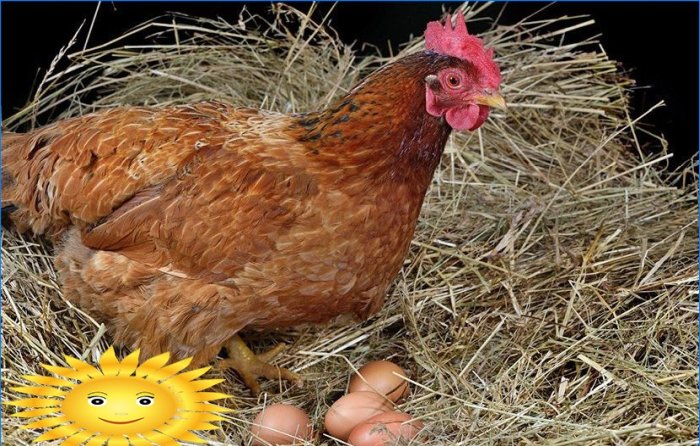
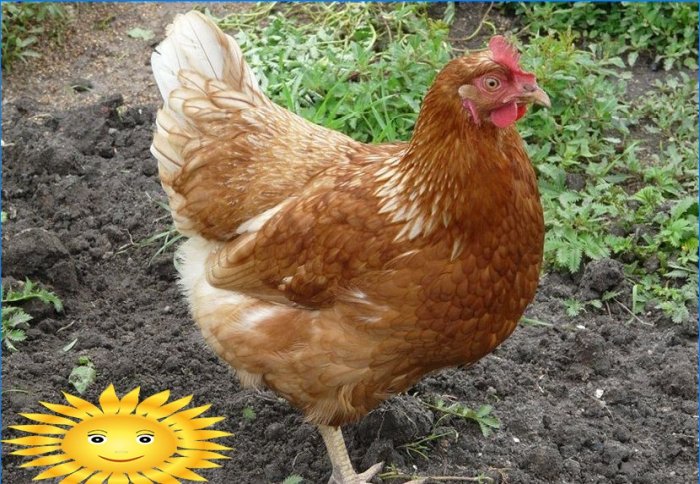
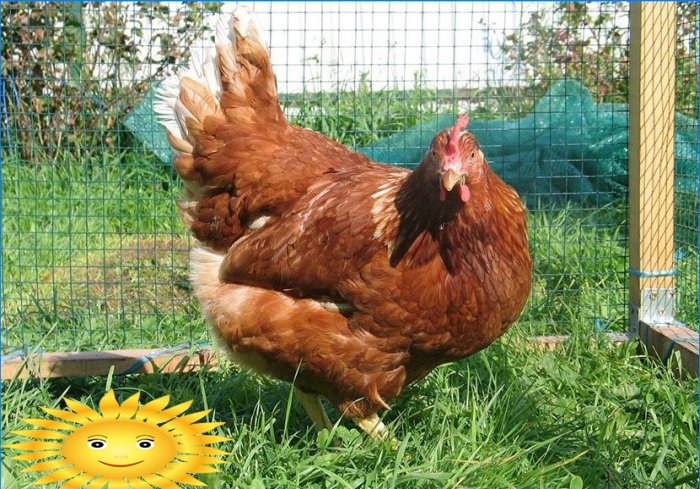
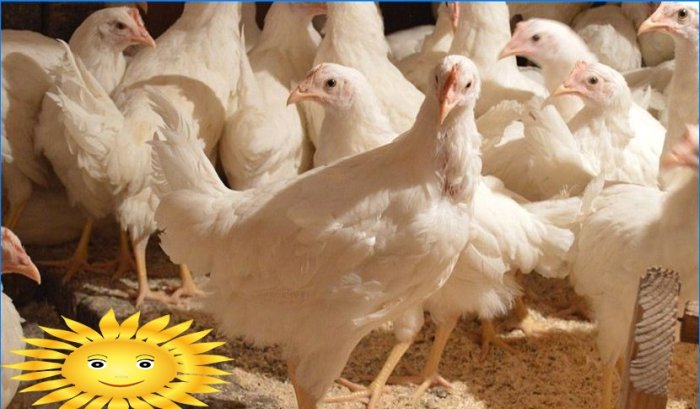
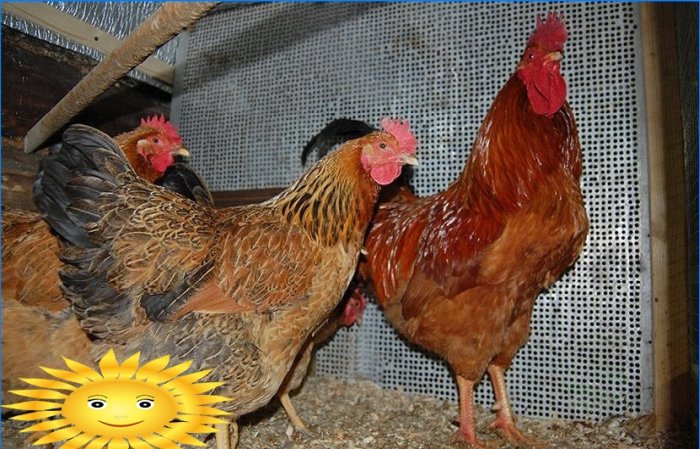

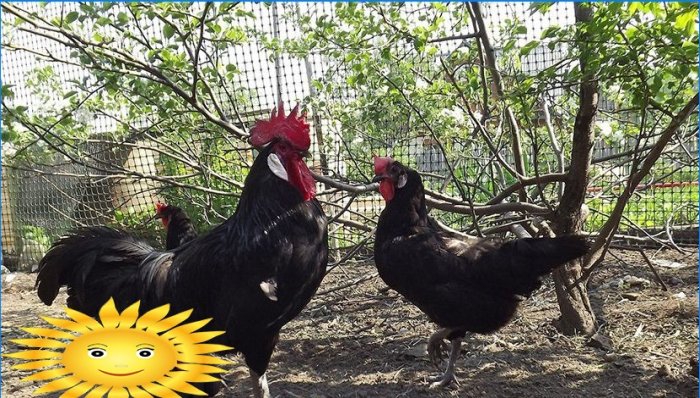

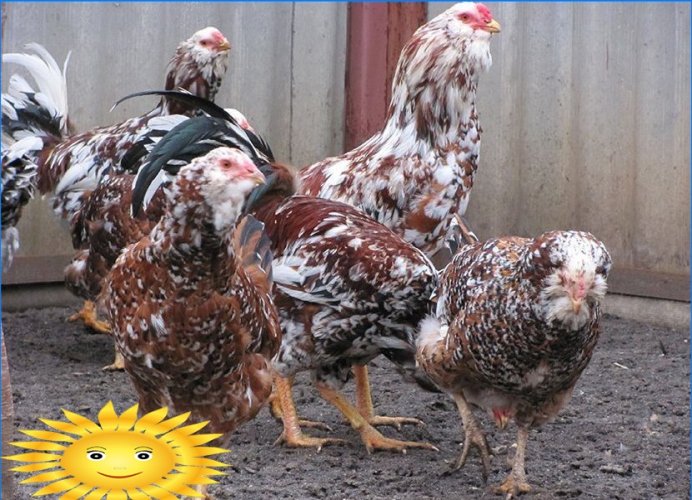
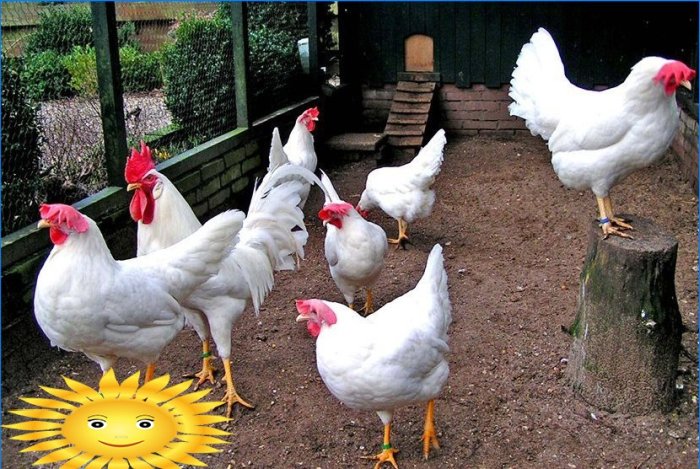

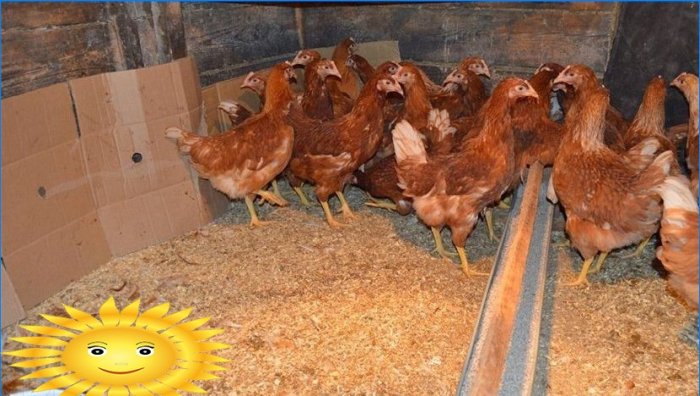
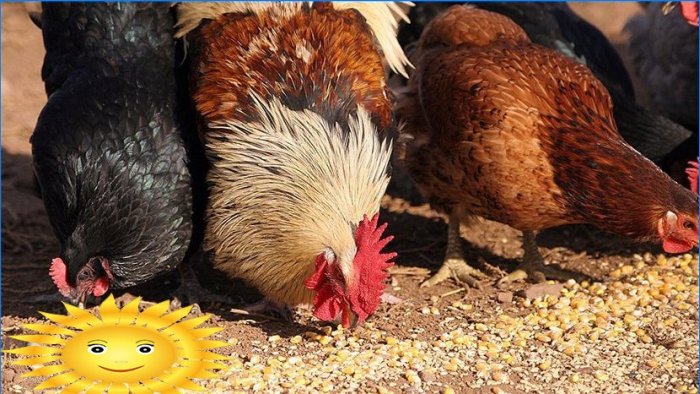

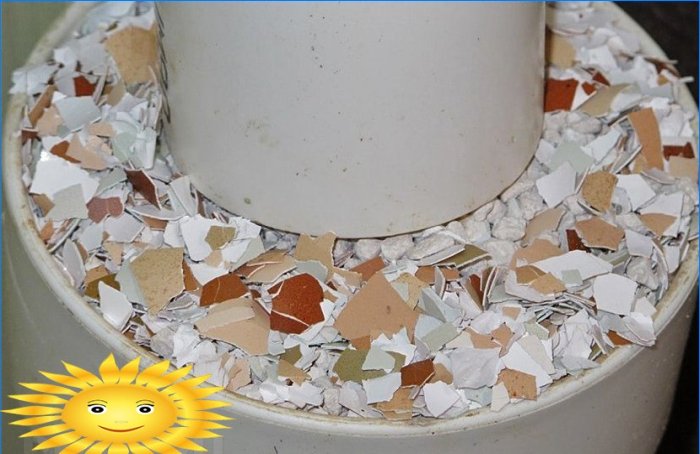
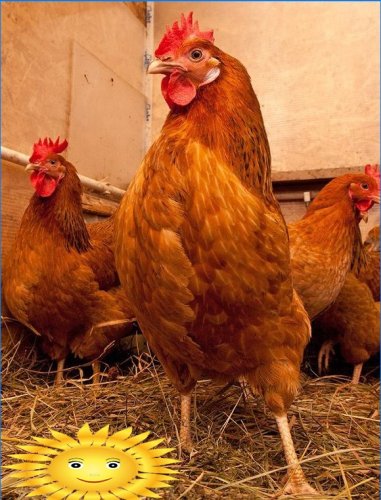

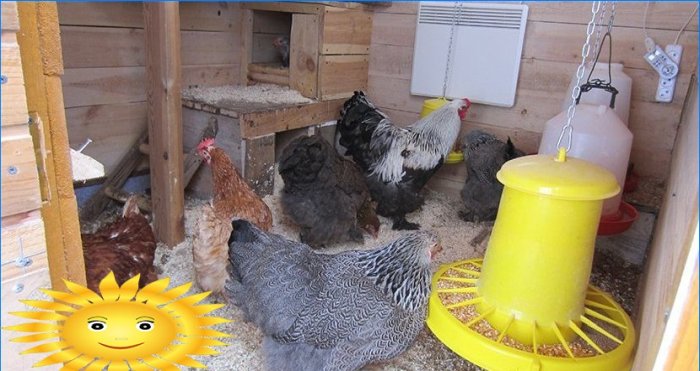
Can you please provide some guidance on the proper maintenance and breeding techniques for laying hens in a country setting?